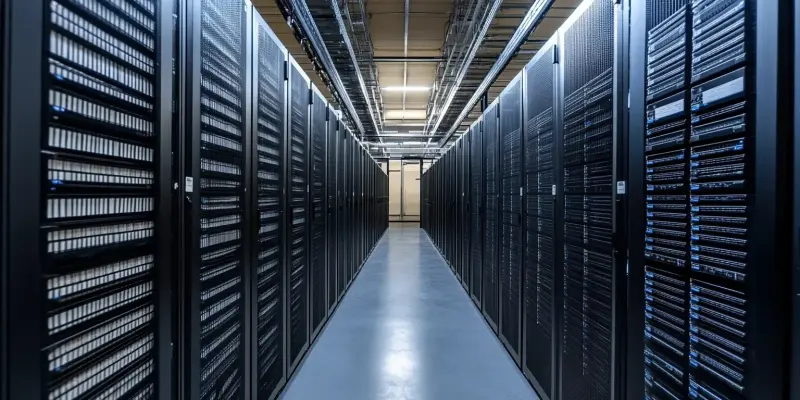The introduction of DeepSeek technology is significantly complicating decision-making processes for establishing regional data centers. Organizations are now grappling with a myriad of new challenges and considerations due to this advanced technology. Choosing locations has become increasingly complex as trends indicate the need to balance various factors such as cost, security, and technological infrastructure. While DeepSeek offers enhanced capabilities that can benefit data management, it also introduces new layers of decision-making factors that executives must carefully navigate.
One of the prominent issues is assessing regional regulatory environments, which can vary significantly from one location to another and directly impact data operations. Additionally, data sovereignty concerns are now at the forefront, requiring organizations to keep their data within the boundaries of specific geographic regions or countries. Furthermore, the competitive landscape is becoming more intense, with companies striving to position themselves advantageously in a rapidly changing market.
As DeepSeek technology continues to proliferate, its impact on regional data center choices becomes more pronounced. Companies are finding it necessary to employ more sophisticated approaches to site selection. This new reality is pushing businesses to innovate and develop strategies that effectively manage and leverage their data assets. Consequently, the nuanced and multifaceted nature of modern data center planning requires a deeper understanding of evolving technologies like DeepSeek.
In conclusion, as advancements like DeepSeek become more integral to data center operations, the complexities involved in site selection will only grow. Organizations must stay ahead of these changes by adopting comprehensive planning measures that take into account all relevant factors, from regulatory requirements to competitive dynamics. Those who successfully navigate this landscape will be better positioned to harness the full potential of their data assets in an increasingly digital world.

